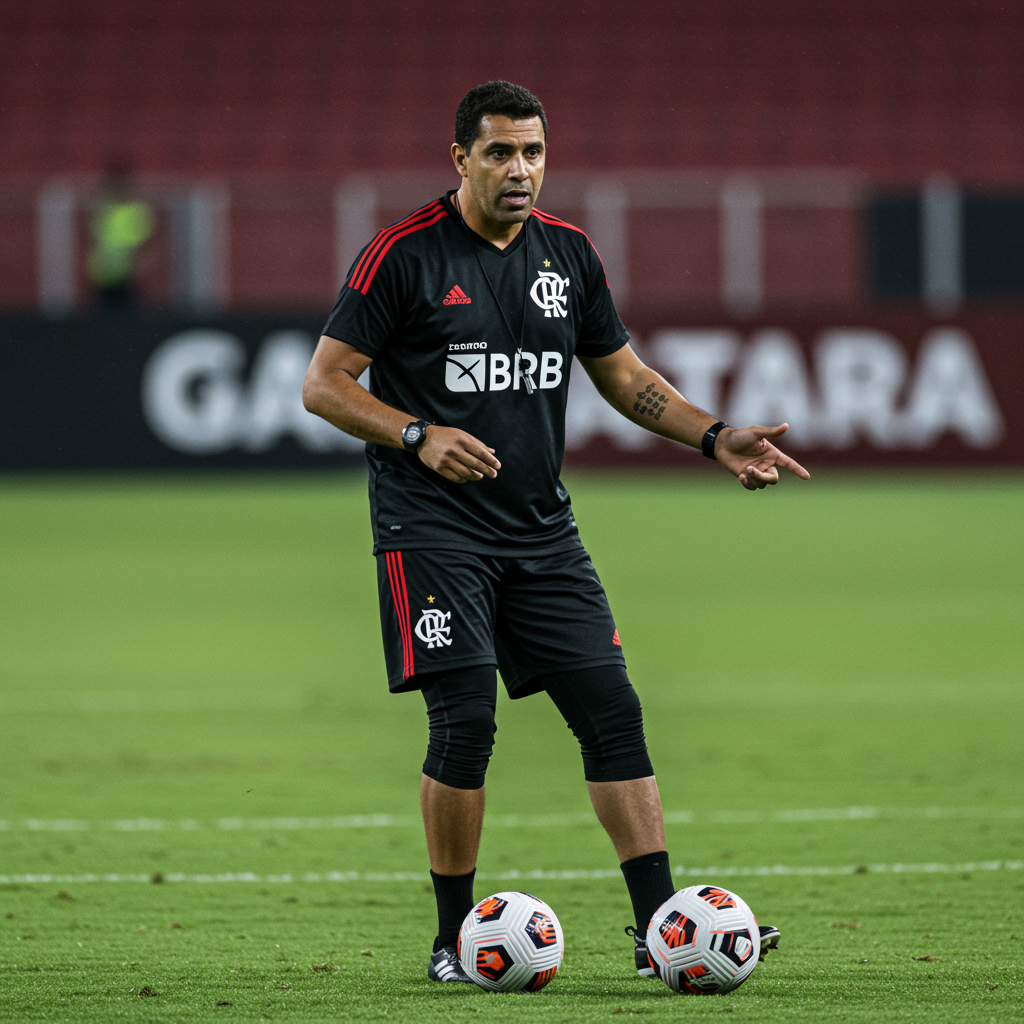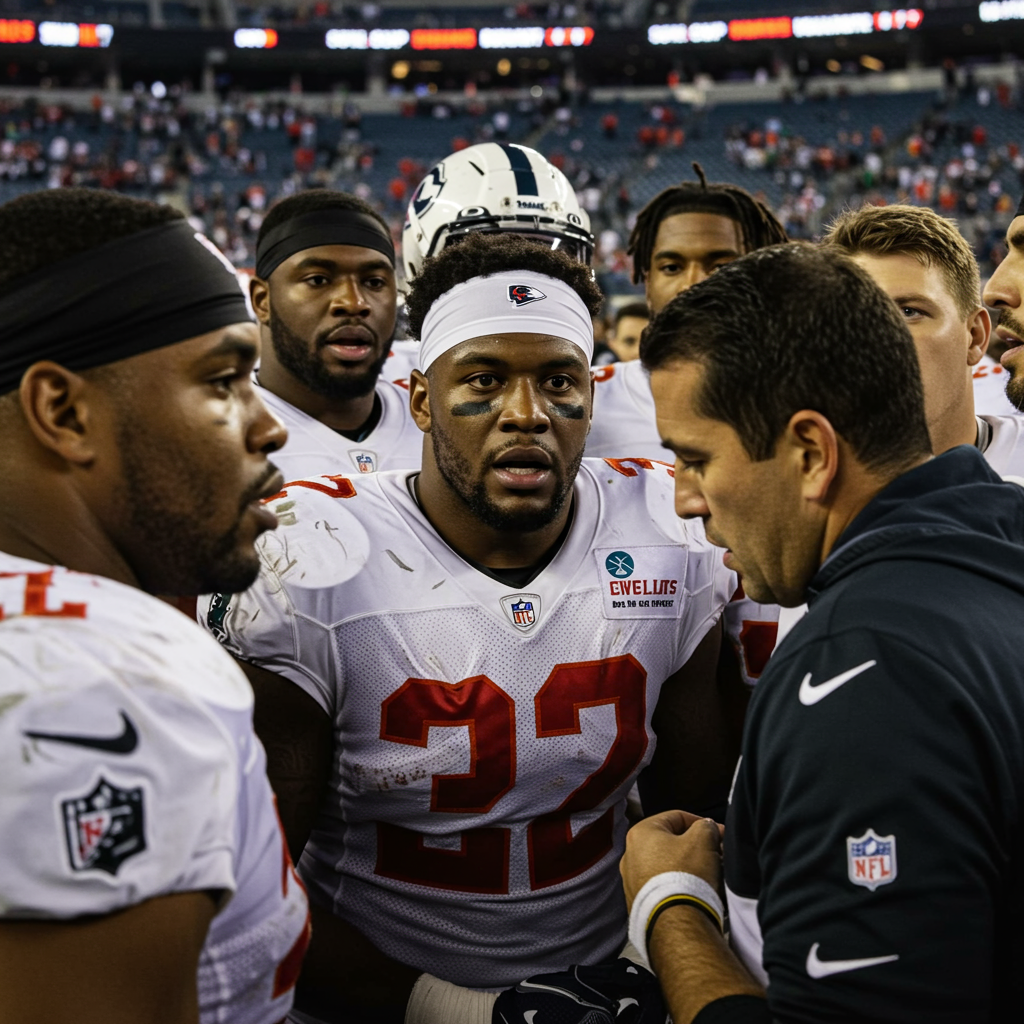Under the guidance of Filipe Luis over the past nine months, Flamengo has cultivated a distinct and highly effective attacking identity. A cornerstone of this approach is their sophisticated use of passing combinations, particularly exploiting the wide areas of the pitch.
Operating primarily in a 4-2-3-1 formation, Luis grants his front four players significant positional freedom. They frequently converge in narrow central lanes, opening up space out wide and creating dynamic passing triangles. This tactical fluidity means Flamengo’s attacking full-backs become vital offensive weapons, constantly pushing high and overlapping. The specific execution of this wide strategy is adaptable, adjusting based on the opposition’s setup and the unique characteristics of the players involved.
Flamengo’s 3-1 victory over Chelsea recently provided a compelling demonstration of this potent wide play. Following a win against Esperance de Tunis that showcased a similar offensive style, Flamengo’s combinations proved too much for the London side.
Chelsea Encounter: Wide Tactics in Action
Against Chelsea, Flamengo maintained their core structure with Jorginho and Erick Pulgar anchoring the midfield. Luiz Araujo, Giorgian de Arrascaeta, and Gerson supported the attack. A notable tactical tweak saw Gonzalo Plata, typically a winger, start in a more central forward role instead of Pedro, influencing how Flamengo engaged Chelsea’s defence.
Several key sequences from the match illustrate the intelligence and timing behind Flamengo’s wide strategy:
Right Side Drawing Defenders: From the outset, Flamengo used the right flank effectively. Gerson adopted a narrow position, allowing right-back Wesley Franca to surge down the wing. A quick pass exchange between Danilo, Gerson (laying off), and Wesley drew Chelsea defenders Levi Colwill and Marc Cucurella out of position. Simultaneously, Plata strategically positioned himself to attack the newly created space behind Chelsea’s left side, demonstrating the coordinated movement intended to exploit defensive gaps.
Left Side Overload & Timed Runs: On the left, left-back Ayrton Lucas initiated an attack with a sharp, line-splitting pass into the feet of the dropping Plata. Crucially, Lucas immediately followed his pass with an overlapping run. The combined positioning of Plata and Araujo helped drag Chelsea’s Malo Gusto and Trevoh Chalobah high up the pitch. Midfielder Moises Caicedo was unable to shift across quickly enough to support his right side, occupied with covering a central gap and monitoring De Arrascaeta. This created a three-vs-two scenario on Chelsea’s right flank, effectively overloading and exploiting the area.
Attacking Vacated Space: Flamengo built another attack down the right, with Wesley playing infield to De Arrascaeta. Even before this pass, Gerson was already making a decisive run into the space left vacant by Cucurella pressing forward. Plata stayed wide to pin Colwill. Caicedo attempted to track Gerson but was a step late. De Arrascaeta capitalized, finding Gerson with a quick one-touch pass behind the defence. This movement forced Chalobah to press De Arrascaeta, creating a central gap that De Arrascaeta then attacked, demonstrating precise timing to break defensive lines.
Creating Numerical Advantages: In another instance, Gerson dropped deeper while Wesley held the right wing. Jorginho’s forward movement drew Enzo Fernandez. Danilo’s pass to Wesley pulled Cucurella forward, and Gerson began an early run into the vacated space, with Caicedo again slow to cover. A quick sequence saw Wesley play back to Jorginho, momentarily shifting Chelsea’s defensive focus. This brief distraction was enough for Jorginho to chip the ball into Gerson’s path, creating a four-vs-three situation for Flamengo’s attackers. Gerson then combined and switched play to Plata, whose subsequent shot forced a save.
Late Game Impact: Even with substitutions, the pattern continued. Flamengo’s third goal involved substitute right-back Guillermo Varela finding Plata. Plata then passed to Wallace Yan, who had attacked the space behind Cucurella. Plata continued his run, overlapping Yan, and the duo combined seamlessly to cut through Chelsea’s defence and seal the 3-1 victory.
Why Flamengo’s Wide Play Is So Effective
When these wide combinations clicked and reached their final phase, they consistently posed significant danger to Chelsea. Flamengo’s ability to equalize from the corner following Plata’s saved shot and take the lead soon after highlighted how pressure generated through this tactical approach can directly lead to scoring opportunities.
Flamengo’s success in the wide areas under Filipe Luis stems from several factors:
Dynamism and Variation: The unpredictable nature of which player occupies which wide or narrow zone makes them hard to track.
Timing and Unpredictability: The precise timing of runs, particularly the “third-man runs” from deep (like the full-backs), and the forward movements of central players exploiting vacated space, catches defenders off guard.
Creating Overloads: Their combinations frequently create numerical advantages (e.g., 3v2 or 4v3 situations) in specific areas.
- Exploiting Defensive Gaps: By pulling defenders out of position with initial movements, they expertly open and attack crucial spaces in the opponent’s structure.
- www.nytimes.com
Flamengo’s slick passing sequences are not just visually appealing; they are a highly effective strategic tool. The dynamic rotations, varied combinations, and intelligent timing of their movements make them exceptionally difficult for opponents like Chelsea to contain, even when matching them numerically. This distinctive wide attack is undoubtedly a key reason behind their success under Filipe Luis.



